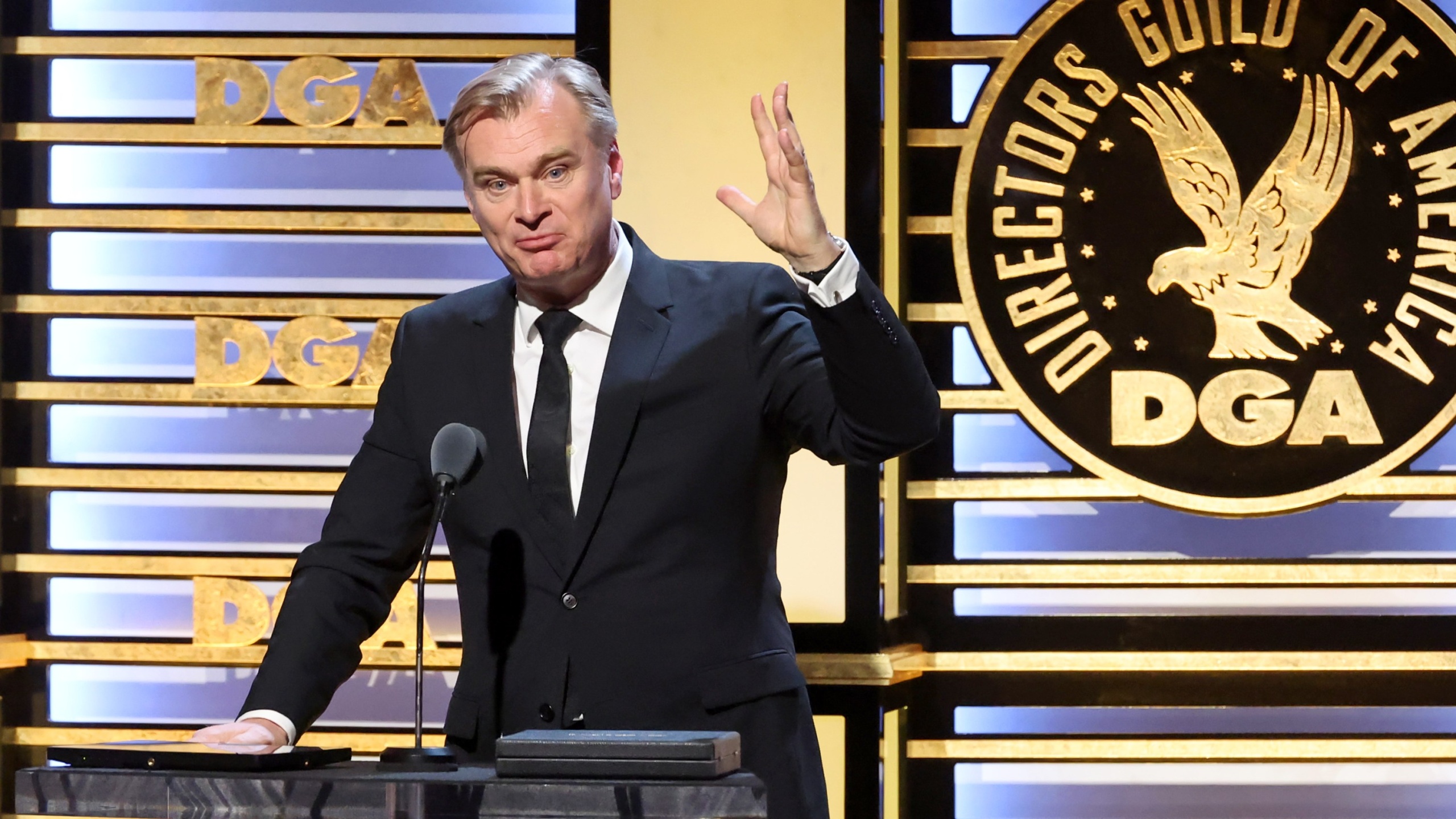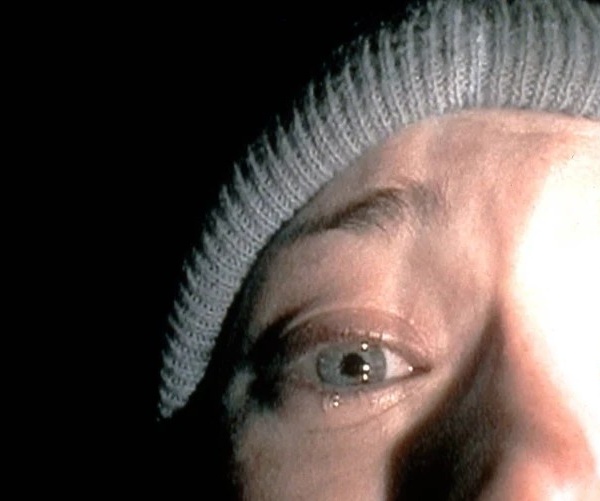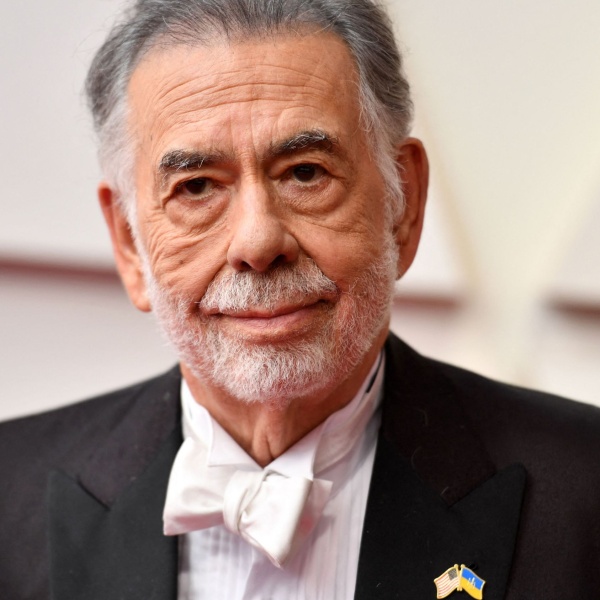
Christopher Nolan‘s screenplay for “Oppenheimer” is dense, 180 pages, and a terrific read. Adapted from Kai Bird and Martin J. Sherman’s Pulitzer Prize-winning “American Prometheus,” the filmmaker found a conflicted hero in brilliant theoretical physicist Robert Oppenheimer, a Salieri antagonist in political operative Admiral Lewis Strauss, and a courtroom drama for each of them. (Nolan wrote Oppenheimer’s story, shot in color, in the first person: “Kitty and I THUNDER along on horseback, climbing a ridge.” Strauss’s story is in the third person, in black-and-white.)
Nolan and I spoke over the phone about the writing of “Oppenheimer,” which is nominated for Adapted Screenplay. It’s one of the film’s 13 Oscar nominations, including Best Picture and Director, Best Actor for Cillian Murphy as Oppenheimer, Best Supporting Actress for Emily Blunt as his wife Kitty, and Best Supporting Actor for Robert Downey, Jr. as Strauss.
The following interview has been edited and condensed for clarity.
Anne Thompson: From “Inception” on, you have preferred to write scripts on spec and present them to potential investors as a finished whole. When you gave “Oppenheimer” to Universal chief Donna Langley to read, what did she say?
Christopher Nolan: She said all the right things. I had a great conversation. She in particular got the subjectivity. And didn’t seem to have concern about the length either, which was good, because it’s a lot to take in. She seemed to get the spirit of the endeavor, which is a big, chunky movie about a big important piece of American history seen through one particular pair of eyes.
So the script that you showed her is pretty much the final movie, right?
Yeah, it’s fairly exactly.
You use the two courtroom grillings, Oppenheimer’s Security hearing and Strauss’s Congressional hearing, as the spine. How did you figure that out?
I was inspired by “American Prometheus.” There are references to Strauss as one of the primary antagonists. They also spend a lot of time on [theoretical physicist Edward] Teller [portrayed by Benny Safdie]. When I was looking for specific protagonist and antagonist relationships, I felt that the Teller/Oppenheimer relationship is almost more fraternal and what I find devastating about Teller’s involvement with Oppenheimer is the late betrayal. I was looking to focus in on a different force of antagonism in the Strauss story. As presented in “American Prometheus” it is relatively spare, but there are a couple of key things — one of which is that years later, after the Security hearings, Strauss went through his own version of what he visited on Oppenheimer.
I had the key piece of information that John F. Kennedy was one of the people who voted against Strauss, as a junior senator. As a screenwriter, you grab it: That’s going to be important. So how do we drill down on this? In my process with adapting “American Prometheus,” the book is so comprehensive — over 700 pages, took 25 years of research and writing — I stayed within that information. If you have a book that’s authoritative it’s freeing as a writer, so I stuck to the book.
But when I encountered Strauss, both the Security hearings in 1954 and then the Strauss hearings, I thought, “OK, I’ll go to the primary sources, I’ll go to the transcripts of those hearings.” In the case of the Security hearings, it’s 1,000 pages, but it’s very, very compelling. And the record of the Senate confirmation hearings, similarly extraordinary. That was where I found David Hill’s testimony, this character played by Rami Malek. I found that such a powerful demonstration of the scientific community rallying together, even scientists who didn’t necessarily know Oppenheimer or like or agree with him. When they saw what the government had done to him, they really did rally round. And when David Hill said these things in the Senate committee, in front of the whole country, about a very, very powerful person in Washington, it was quite significant. I finally showed the script to Kai [Bird] — I wasn’t able to show it to Martin [Sherman], because he unfortunately passed away a couple of weeks before it was ready — with a great deal of apprehension. I was pleased after Kai’s first reading when he said, “Who is David Hill? And how did you find him?”
Even he didn’t know about him.
Academics are not as competitive as we filmmaker types, so he was pretty generous. It spoke to the academic in him that I had bothered to do some of my own research.

It makes sense that you would see the the allure of building the atom bomb with the best and the brightest in a high-stakes arms race. You knew that narrative would push forward in a compelling way and have an exciting climax, the Trinity nuclear test.
Every film, when you’re conceiving it: What’s the approach here? What will the audience take away? Every film has a particular thing, or a couple of things, that you have to land with the audience; they have to come down with a hammer. The turning point of this script that I needed to push as hard as possible was [Oppenheimer’s] transition from the absolute triumphant Trinity test, the highest high, and pivoting to the absolute lowest low in as short a space of time possible. I concentrated on the use of genre, because I knew that this is a film about people in rooms talking. When I looked at cinema, I found the two genres — the heist film and the courtroom drama — in which the words people say are utterly compelling. They are the candy the audience is automatically leaning forward and wanting to hear. In the case of a heist film: What’s the plan? What are the stakes, how is it all being put together? How do people relate to each other?
And the courtroom drama, you put a character on the stand and the prosecutor starts interrogating them. Immediately, we’re all tense. We’re all listening. Those are two genres where audiences are not just willing to listen, but they enjoy that process. I early on settled on the first part of the movie being this origin story of almost a superhero. He’s somebody who’s unbelievably insightful and intelligent in the world of physics, and I chose to present that journey as him dealing with almost a superpower he can’t control or is afraid of, seeing energy in dull matter. He’s in a difficult place. Ken Branagh’s character of Niels Bohr comes in as a mentor figure to get him to see how this can be a powerful set of insights, how it can be his superpower. As an audience, we go on that journey for the first third of the film. As the Manhattan Project comes into focus, we switch full bore as Matt Damon’s character, General Groves, comes into the room. The film literally pivots to the heist that forms the large middle of the film.

He also brings welcome comic relief.
He does! Well, the heist film as a genre works when it’s about personalities, when there’s a little humor to things. General Groves and Oppenheimer could not have been more opposite in so many ways, real chalk-and-cheese and odd couple stuff. They so clearly had this mutual respect. They found this partnership and it felt like it should be there from the first time. When I read about the first meeting, you realize Oppenheimer sold himself effectively to Groves. I wanted to see that play out. I wanted to see Oppenheimer wanting to impress.
The witty banter was fun.
I enjoyed writing that scene and enjoyed filming it with Cillian and Matt [Damon]. They had such a wonderful rhythm, an ebb and flow and a varying of pace in the way they do it. They got what I was going for. We talked about almost as a fight scene in an action film, where there’s a different rhythm to it. There’s a warmth and a humor there so that even as Groves is clearly a formidable person, Oppenheimer sees the humanity the way the audience does. You start to feel that these two have something special together. I loved editing it; we left it probably a bit longer than we should.
The other great scene is where Oppenheimer tells Groves about his encounter with Col. Boris Pash [Casey Affleck]. Each thing Oppenheimer tells him, Groves is more appalled.
Groves just can’t believe the intellectual arrogance and the naivete, because from his point of view and coming from his world he just can’t believe somebody so smart would blunder into such a stupid set of obfuscations and lies of unnecessary complexity. It’s a long scene and certainly in post, [editor] Jen Lame and myself, it’s the scene we spent the most time on. We kept coming back to try to get it to the right length or the right vibe, because it’s so much about the pauses in the finished film. And that’s something you can only indicate on the page.
When you read the script, most scenes are so short that every word feels precious. You must have weighed every word because you had such pressure on you to not make it to too long.
Definitely. And also, in that scene in particular, everything that was said between Pash and Oppenheimer is from the transcript. I edited the lines and moved them around, and crafted them. I’m not going to claim that it’s exactly the same as the transcript, but the words themselves are taken from the transcript. The fascinating thing about that transcript is it has no tone, it has no indication. They had a recording, it doesn’t exist anymore. But the transcript is dry and so you’re able to interpret. I will strongly say that the scripted scene and finishing the film is absolutely my interpretation, but the words themselves are from the transcript.

You didn’t want to write composite characters and so the solution was casting name actors in all of these parts. It also made the movie more accessibly commercial. Benny Safdie as Teller is a great example of somebody who pops.
I have to shout out to my casting director, John Papsidera. I’ve worked with him since “Memento.” This ensemble cast is extraordinary. I’ve never seen anything like it in anyone else’s film. Every part, we have these incredible movie stars. At the heart of it, we have Cillian Murphy giving this seminal performance, and he just carries you with him and around him every part down to the absolute smallest. There are so many of them because I didn’t want composite narratives. There’s so many faces, but my gamble was if we cast it right, each would have an individuality and energy they would bring to it that will be unique and memorable.
Benny Safdie is somebody whose work as a filmmaker I admired and also as an actor in his own films. I checked in with Paul Thomas Anderson: “How’s Benny to work with?” He loved the guy. So I met Benny and we hit it off. And these are the things that you get lucky with sometimes: Benny had studied hard to be a physicist. As he recounted to me the first time we met, he had to decide: “Am I going to do physics or am I going to do film?” He got this character, what it needed to be, and just dove in.
So you had to make the science accessible to a general audience and you have a ticking clock going in your favor to keep people engaged. You must have made up the goldfish bowl.
I did invent the goldfish bowl and the marbles because I needed a way to get across the magnitude of the task. Just on an industrial level, it’s a hard thing for an audience to understand the refining of a radioactive substance, how long that would take, how much resources it would take, and therefore how precious they all are. I made that up as an indicator and as a way of just showing where they were with things. I will say that the goldfish bowl, the brand-new glass marbles, the science behind it in terms of the relative scale is correct. The sizes of the vessels are correct and the amount of time. I enjoyed it as an indicator.

The other cinematic motif is the stamping feet that you smatter throughout the film. And of course it pays off when you get to the Los Alamos speech after the Hiroshima bomb drops.
It was clear when you looked at the research that there was a lot of dispute about the atmosphere in Los Alamos the night we found out about the bombing of Hiroshima. There are people who maintain they celebrated, as well as people who maintain that there was reverence for what had happened. Clearly, all things are true. People were laughing and crying in equal measure and there was a lot of chaos. I started to focus in on that experience as a turning point in Oppenheimer’s life. I was so struck by the discovery that he had found out about the bombing in Hiroshima in the same way as the rest of the world.
I decided to look at this evening where he gave his speech. Everything he says in that scene is what he said to an audience, bombastic as that may seem and having somebody of such intelligence say such, in a way, stupid things. The key thing for me was the stamping feet because the atmosphere there, as described in the book and supported by the researchers, it was something of a pep rally. I had come to an assembly at my kid’s school a couple years before where part of the ritual was the moment where all the kids in the bleachers stomp their feet in unison. It scared the hell out of me because I wasn’t expecting it as a parent. The sound, the energy of it was quite threatening, even though it’s done as a celebration and a joyful thing, and that stuck with me.
I decided to put it in that stamping of a high school gymnasium of people excited and happy about something. It also feels like militarism; it feels like a marching army. As a narrative device, it felt like this thing that you wanted to introduce. It felt like a moment that might have stuck with him in his bones, in the feeling of what he had unleashed on the world. It became a very important device in the film for that reason. It’s foreshadowing for the audience.



